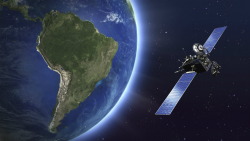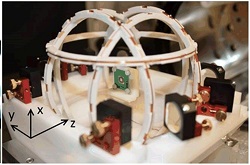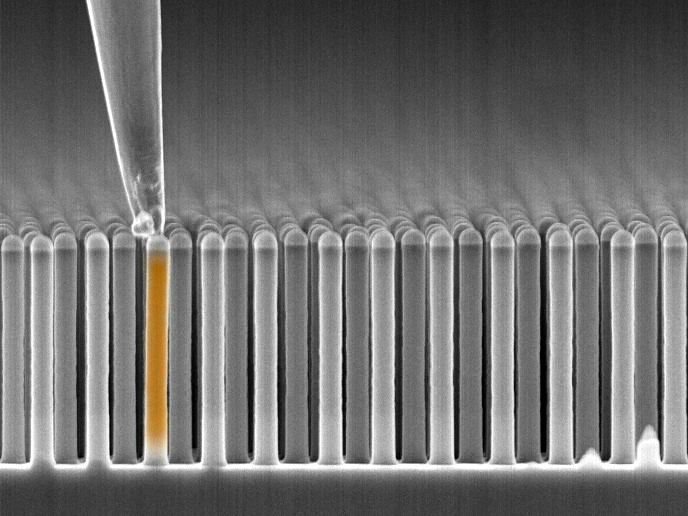Forecasting space weather
Invaluable in a myriad of applications, satellites are also vulnerable. Quite plausibly, an unusual output from the Sun could wipe out tens of billions of euros worth of equipment. The EU-funded project SPACECAST (Protecting space assets from high energy particles by developing European dynamic modelling and forecasting capabilities) has delivered a real-time system that assesses space radiation risks, helping to protect satellites used for navigation, telecommunications and other services. For the first time, it is possible to forecast radiation levels for a whole range of different orbits. These range from the geostationary orbit to the slot region, including medium Earth orbit. The new system can detect and forecast high-energy particle radiation in the Earth's outer radiation belt. Using the project's two unique forecasting models, the system provides a risk index for satellite operators. One of its key features is that radiation levels are computed from the physics of wave-particle interactions. Observations had long shown that special types of very-low-frequency electromagnetic waves can increase or decrease space radiation levels. These variations are now incorporated into the forecasting models. Based on these, scientists demonstrated that chorus waves can accelerate electrons to very high energies and acceleration occurs at the geostationary orbit. In addition to detecting high-energy particles, the system is providing real-time updates of medium-energy electrons. These can statically charge a satellite, potentially damaging components such as solar panels. Previously, providing such updates had proven difficult. Finnish partners achieved this by adapting current research models to run in real time while also considering the solar wind electrical interactions with Earth's magnetosphere. During the Sun's 11-year activity cycle the number of moderate to large magnetic storms varies from about 15 to 60 per year. Solar maximum activity peaked in 2014, while in 2015 the number of magnetic storms started to wane. The hourly updated new forecasting system will help protect the satellites from these storms.
Keywords
Space weather, satellites, solar storms, high energy particles, radiation, wave-particle interactions







